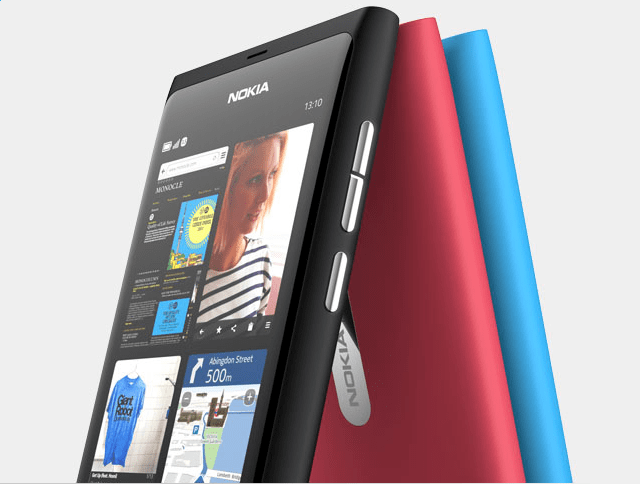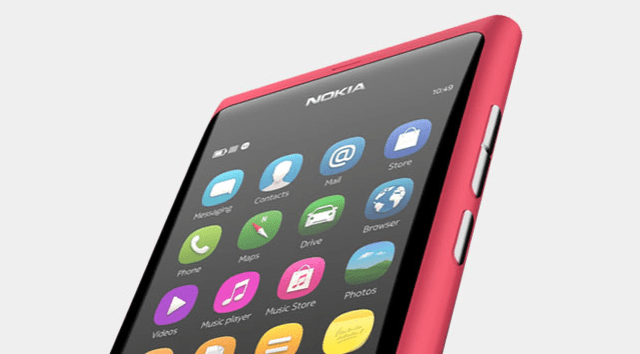The sources of Unix proceed back to the 1960s, long before the microchip and individual computers had been invented. Theclosest thing to individual computing was the computer utility, a large mainframe appliance that was utilised simultaneously, and atlarge total cost, by a twosome of dozen users seated at typewriter terminals.
By the middle of the ten years, the utility emerged to supply the way ahead, and a consortium of
General Electric,
Bell Labs and the
Massachusetts Institute of Technology (MIT) embarked on a task called Multics (Multiplexed Information and Computing Service). Multics would be the world's biggest computer utility, carrying some century simultaneous users. Bell Labs was to blamefor the functioning software.
Ritchie connected the programming partition of Bell Labs in 1967. His dad, Alistair, had expended a long vocation there and had co-authored an influential mechanical publication, The Design of Switching Circuits (1951). Dennis was born to Alistair and and his wife, Jean, in the New York suburb of Bronxville and increased up in New Jersey, where Bell Labs had its Murray Hill site. He revisedphysics and directed numbers for a bachelor's stage (1963) and computer research for a PhD (1968) at Harvard University.
Multics was in urgent position when he reached at the study organisation. Indeed, numerous large-scale programs tasks were in crisis – persons were just starting to learn that composing large programs was horrendously tough and costly. In 1969, after four years of development, Bell Labs dragged out of the project.
Ritchie and another lead programmer on Multics, Ken Thompson, were left rather bereft by the project's demise. Multics hadpledge, but the functioning scheme was too convoluted to build. This directed them to a rethink. They would construct a easier,lesser scheme that they would call Unix – the title was "a kind of deceitful pun on Multics", Ritchie one time explained.
The concept was not directly treasured by their managers, and they had to cast round for an obsolete computer on which toevolve Unix. The appliance had just 16 kilobytes of recollection, and this solely was an support to hold things simple. If Multics was the casualty of baroque programs architecture, then Unix would be untainted Bauhaus.
Unix was conceived over a couple of months in 1969, and a prototype was running early in 1970. Their colleagues stayedunconvinced. However, by proposing to compose some text-processing programs, Ritchie and Thompson organised to convincethe Bell Labs patent department to come by a full-size computer and run Unix on it.
They determined to rewrite the functioning scheme solely for the new machine. The first type of Unix had been in writing in the computers' native appliance cipher, which was tough and slow. For the next type, Ritchie created a dialect called C, whichspanned the gap between appliance cipher and programming dialects for example Fortran and Cobol.
C furthermore had an intriguing ancestry. The progenitor was together conceived at Cambridge and London universities in 1964 and renowned as CPL (Combined Programming Language). CPL not ever endured, but one of the development group, Martin Richards, became a tourist at MIT. There he conceived a easier type of the dialect for schemes implementation, BCPL (Basic CPL).
Thompson and Ritchie determined to use BCPL to compose Unix. To manage so they compressed it into 8 kilobytes and renamed it B. Finally, a new and advanced type was evolved and entitled C, which, Ritchie mused, "left open the inquiry if the titlecomprised a progression through the letters or through the notes BCPL". This made composing programs immeasurably simpler and it furthermore made programs portable – so that a program in writing in C could run on any machine. The new type of Unix wasaccomplished in 1973, and since it was in writing in C, it, too, was portable.
Because Bell Labs's parent, AT&T, was a regulated phone monopoly, it was prohibited from vying in the computer commerce, and so had no pecuniary concern in Unix. This permitted Ritchie and Thompson to circulate Unix free of ascribe to universities and research organisations, which loved its clean, economical design.
Universities started to train their scholars in Unix and C, and when they graduated they took the heritage into commerce, where it blossomed. In 1978 Ritchie and a associate, Brian Kernighan, composed a textbook, The C Programming Language, which became a bestselling primer for the next 15 years. Despite the name, it was identically a publication about programming method, and itformed programming practices worldwide.
Ritchie and Thompson got early acknowledgement for their work when they obtained the 1983 Turing accolade of the Association of Computing Machinery, often named the Nobel reward of computing. But the Unix article was just beginning. The Advanced Projects Research Agency of the US department of protection taken up Unix for the mesh study that finally conceivedthe internet, and it continues the programs glue that binds everything together.
Steve Jobs was a Unix devotee. When he was ousted from Apple Computer in 1985, he utilised Unix as the cornerstone for his NeXT workstation. After his come back to Apple 10 years subsequent, he conveyed Unix with him and it became the base for all of Apple's present products.
Unix is furthermore at the heart of today's open-source programs movement. In the 1980s, next deregulation, AT&T started toclaim its thoughtful house privileges in Unix.
Richard Stallman, a hacker at MIT, determined that the world required a free type of Unix. In 1983
he broadcast that he would compose one called GNU (Gnu's Not Unix). He wrote a free C compiler, and basedthe
Free Software Foundation to help. The scheme was finally accomplished by hundreds of programmers, mostly steeped in the Unix and C heritage, collaborating over the internet. In 1991 a Finnish computer research scholar, Linus Torvalds, assisted thefunctioning scheme kernel, and today what we now call Linux forces billions of electrical devices apparatus, from smartphones to supercomputers.
Ritchie and Thompson – generally simultaneously – obtained numerous respects and accolades, culminating with the National Medal of Science bestowed by President Bill Clinton in 1998. The citation recounted their creations as having "led to tremendousimprovement in hardware, programs, and networking schemes and stimulated the development of an whole industry". Earlier this year, the two won a Japan prize. Ritchie expended all his vocation at Bell Labs, leaving as head of systems programs study in 2007. He is endured by two male siblings and a sister.
• Dennis MacAlistair Ritchie, computer researcher, born 9 September 1941; past away 12 October 2011





